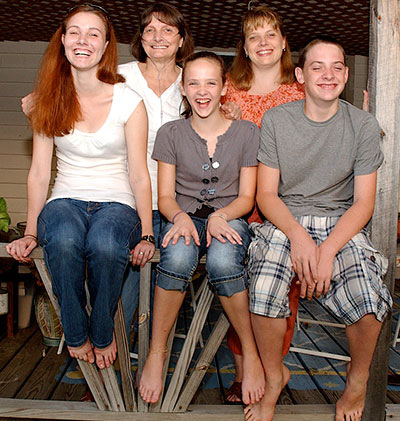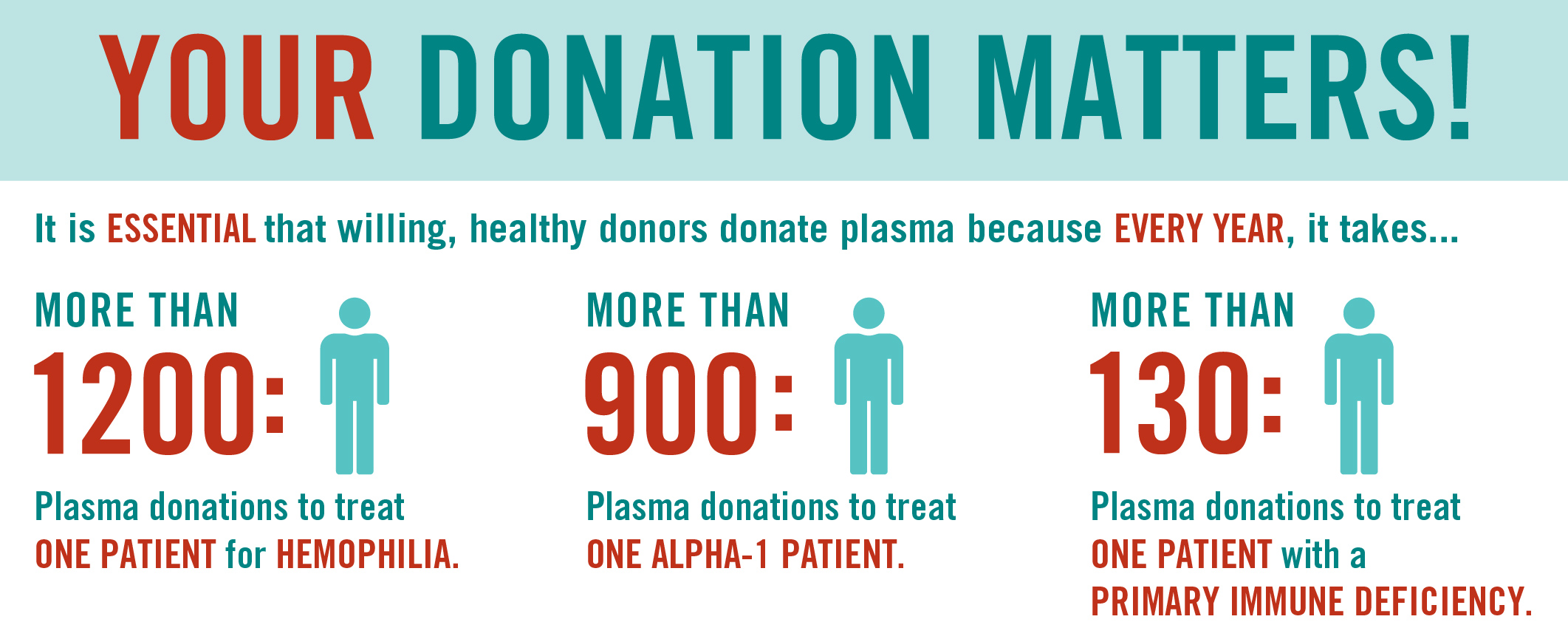Patient Stories
Matt Singer
 Matt, never let hemophilia stand in his way. As a child, he wore a helmet and knee pads to protect him while playing, but he said, "I had a lot of friends from an early age that just accepted it." When, he needed to use a wheelchair due to bleeds in his ankles, his classmates eagerly volunteered to push him around. Matt's parents were tireless in their efforts to explain hemophilia in kid's terms. Although, hemophilia is most often a genetic disease, but in Matt’s case there was no family history and his condition was deemed a random mutation. His parents vowed from infancy to make his life as normal as possible. Matt has needed Factor VIII infusions his entire life, from several times a week which he has administered himself since childhood.
Matt, never let hemophilia stand in his way. As a child, he wore a helmet and knee pads to protect him while playing, but he said, "I had a lot of friends from an early age that just accepted it." When, he needed to use a wheelchair due to bleeds in his ankles, his classmates eagerly volunteered to push him around. Matt's parents were tireless in their efforts to explain hemophilia in kid's terms. Although, hemophilia is most often a genetic disease, but in Matt’s case there was no family history and his condition was deemed a random mutation. His parents vowed from infancy to make his life as normal as possible. Matt has needed Factor VIII infusions his entire life, from several times a week which he has administered himself since childhood.
In high school, Matt volunteered with the ambulance squad, became CPR certified and today works as a registered nurse in emergency and trauma. He believes that having hemophilia has helped him empathize with children who have chronic medical illnesses and serves as a positive role model. Matt worked as a counselor at Paul Newman's Hole in the Wall Camp for children with chronic illnesses that he attended as a child and volunteers for the Delaware Valley Chapter of the National Hemophilia Foundation.
Judy Tretsven-Parker
 Judy lives with severe alpha-1 antitrypsin deficiency (A1AD), a genetic condition that affects the lungs and makes it difficult to breath. Often referred to as genetic emphysema, this inherited condition is more deadly than the type caused by smoking. Air and pollutants eat away at a patient's lungs and may result in death by mid-40's. I was diagnosed at age 28 after chronic colds, bronchitis and lung infections that did not respond to antibiotics. I was given 10 years to live. I started alpha-1 proteinase inhibitor treatments in 1989. I beat the odds and celebrated my 50th birthday because of four things: A1P1 treatments, my doctors, a positive attitude and exercise. I am extremely grateful that I never needed a major lung surgery, or any lung-related surgery. In 2005, I had a port-a-cath implanted so I can self-infuse. With replacement therapy, my health has stabilized and the deterioration of my lungs is expected to follow normal aging patterns. I also receive early treatment for a cold and avoid tobacco smoke, noxious fumes, dust and pollution. I work to inform others about the symptoms and treatment of A1AD. In 2006, I became an A1AD support group leader of the "Wisconsin Alpha Pack," covering the Northern Lights Region (Northern Wisconsin). Our mission is to offer support to those in the Wisconsin area affected by A1AD bring about awareness in the local community.
Judy lives with severe alpha-1 antitrypsin deficiency (A1AD), a genetic condition that affects the lungs and makes it difficult to breath. Often referred to as genetic emphysema, this inherited condition is more deadly than the type caused by smoking. Air and pollutants eat away at a patient's lungs and may result in death by mid-40's. I was diagnosed at age 28 after chronic colds, bronchitis and lung infections that did not respond to antibiotics. I was given 10 years to live. I started alpha-1 proteinase inhibitor treatments in 1989. I beat the odds and celebrated my 50th birthday because of four things: A1P1 treatments, my doctors, a positive attitude and exercise. I am extremely grateful that I never needed a major lung surgery, or any lung-related surgery. In 2005, I had a port-a-cath implanted so I can self-infuse. With replacement therapy, my health has stabilized and the deterioration of my lungs is expected to follow normal aging patterns. I also receive early treatment for a cold and avoid tobacco smoke, noxious fumes, dust and pollution. I work to inform others about the symptoms and treatment of A1AD. In 2006, I became an A1AD support group leader of the "Wisconsin Alpha Pack," covering the Northern Lights Region (Northern Wisconsin). Our mission is to offer support to those in the Wisconsin area affected by A1AD bring about awareness in the local community.
Stuart Butler
 A playground accident led to 5 year-old Stuart Butler's diagnosis of Guillain-Barre Syndrome (GBS). What initially appeared to be a bump and a bruise quickly escalated to no responsive reflexes. A spinal tap confirmed elevated protein levels, a risk of respiratory failure and that GBS was accelerating throughout Stuart's body.
A playground accident led to 5 year-old Stuart Butler's diagnosis of Guillain-Barre Syndrome (GBS). What initially appeared to be a bump and a bruise quickly escalated to no responsive reflexes. A spinal tap confirmed elevated protein levels, a risk of respiratory failure and that GBS was accelerating throughout Stuart's body.
A series of four gamma globulin treatments (IVIG) began at 24-hour intervals. Eight days later, he left the hospital in a wheelchair with a walker. He required physical and occupational therapy five days a week. Within 10 days, progress was slipping and we contacted the family and child support group of the GBS Foundation. Further tests revealed that his nerve axons showed damage. Stuart faced more therapy and missed six months of school but he worked hard and by age six could walk, ride a bike and attend day camp. He maintained a sense of humor, learned about people with conditions worse than his own, began to understand empathy and believed in himself. We are so proud. Although our experience was life-changing, we feel so thankful. Our love and faith have grown and we celebrate each new day.
Jamie van den Berg
 I am 25 years old and live in the Netherlands. My girlfriend Sabrina and I are very happy and recently moved in together. I have von Willebrand Disease, an inherited bleeding disorder, and recently went to my first meeting of the von Willebrand patient group of the Netherlands Hemophilia Society, the NVHP.
I am 25 years old and live in the Netherlands. My girlfriend Sabrina and I are very happy and recently moved in together. I have von Willebrand Disease, an inherited bleeding disorder, and recently went to my first meeting of the von Willebrand patient group of the Netherlands Hemophilia Society, the NVHP.
During the meeting, I was asked what type of von Willebrand I am suffering from and I could not really answer that question. I know I have von Willebrand and have been able to handle that quite well. I do not see it as an obstacle and would not want to call it that. The only thing I find frustrating is that my parents did not allow me to join the soccer club when I was young. I am sure I would have made the Dutch national team by now. Soccer was not going to work, so I had to choose a different sport, which was swimming. I did that for a number of years, after which I felt a need for a challenge and started canoeing first on calm waters, and then in the ocean. By the time I was 15 years old, I was a wild water canoe instructor in Slovenia.
Looking back, my parents should have just let me play soccer, since that would have been conveniently close to the Academic Hospital in Leiden. Instead, I was 15 and in Slovenia, without my parents. Despite not having been able to start my soccer career, I have done everything I wanted and have not allowed von Willebrand to stand in my way. I have conquered the wildest rivers, climbed the highest mountains in Europe, traveled through Australia by myself for three months, and enjoyed snowboarding, despite getting stuck on a mountain for a night. To me, von Willebrand Disease has become part of me, or better, has always been part of me.
Source: World Federation of Hemophilia




